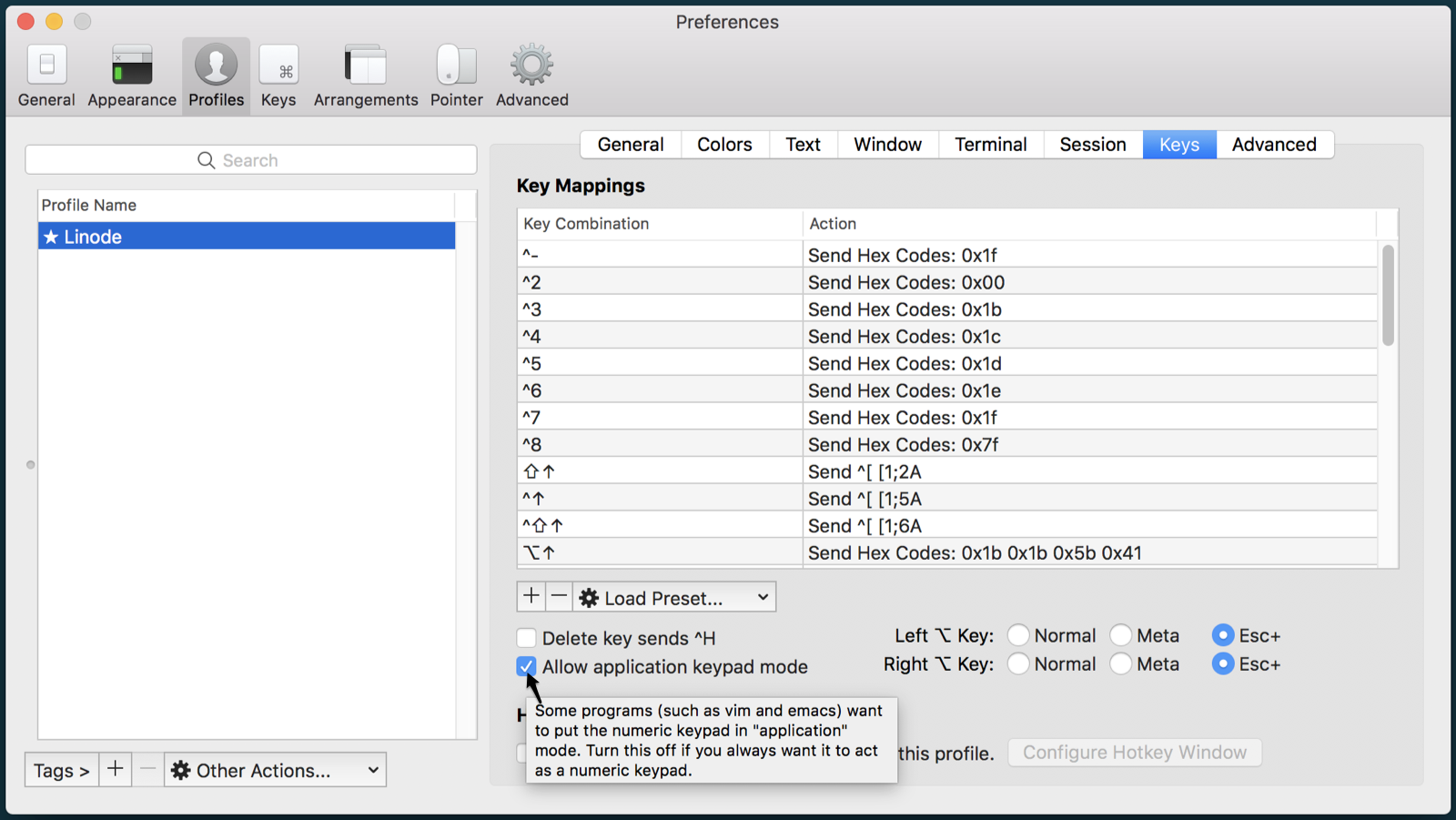

On macOS 10.15 Catalina and higher, mg (previously known as microGNUemacs) is still included. Versions of macOS prior to 10.15 Catalina include a copy of GNU Emacs 22 without GUI support compiled in and thus Emacs is automatically available on all but the most recent versions of macOS via the terminal. You can find precompiled versions of emacs and Emacs.app at.
INSTALL ITERM MAC OS X
At this point, we're ready to continue the series.The official Emacs fully supports Mac OS X (along with GNU/Linux, Windows, DOS, and then some). We'll see the Terminal window is wider, which confirms that it has picked up our new preferences. Now, I'll close the "Preferences" window, close this terminal window, and click "Shell" from the menu and click "New Window". Those are all the changes that'll make to the preferences, but feel free to look through the rest and make the changes that you think will help you out. This will just allow me to scroll back through more of my previous commands when I'm working in the terminal.

To view the preferences pane click iTerm the menu and select preferences.I will however, change a few of these to suit my preference. Since most of them will be personal preference, I won't go through all of them. Now that we're up to date, there are a number of settings you can change to affect the way iTerm works and behaves for you.
INSTALL ITERM INSTALL
INSTALL ITERM HOW TO
So, in this video, I'll show you how to install and configure iTerm on a Mac. However, iTerm has some additional functionality not present in the default terminal application. If you want, you can use the built in Terminal application to perform all of the functions I'll describe in this series.

Macs comes with one simply named "Terminal", however, I've chosen to use a popular alternative terminal emulator named "iTerm". Most operating systems come with a built-in terminal application.


 0 kommentar(er)
0 kommentar(er)
